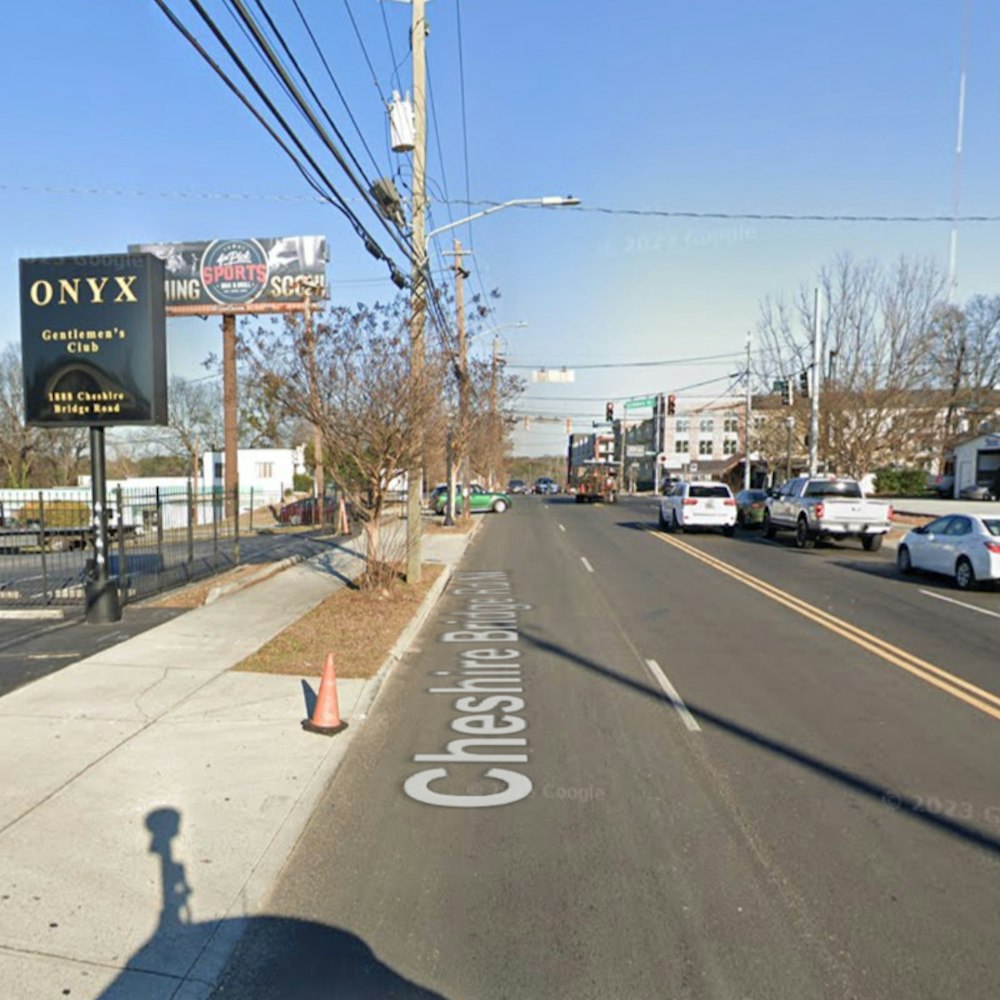
California continues to dominate the list of metros that renters can least afford, but this time around, Santa Cruz has de-throned San Francisco, becoming the most expensive rental market in the United States.
As the 2023 Out of Reach Report by the National Low Income Housing Coalition states, California is already home to the highest rental costs nationwide, making it increasingly difficult for low-wage workers to afford even a modest one-bedroom rental home, especially where this situation in Santa Cruz County seems to be pushing the numbers to an all-time high, making life more financially unstable for its residents.
MOST EXPENSIVE JURISDICTIONS
| Metropolitan Areas | Housing Wage for Two-Bedroom FMR(1) |
| Santa Cruz-Watsonville, CA MSA(4) | $63.33 |
| San Francisco, CA HMFA(3) | $61.31 |
| San Jose-Sunnyvale-Santa Clara, CA HMFA | $56.56 |
| Salinas, CA MSA | $51.44 |
| Santa Maria-Santa Barbara, CA MSA | $51.29 |
| Boston-Cambridge-Quincy, MA-NH HMFA | $50.67 |
| Stamford-Norwalk, CT HMFA | $49.29 |
| Santa Ana-Anaheim-Irvine, CA HMFA | $48.83 |
| Seattle-Bellevue, WA HMFA | $47.21 |
| New York, NY HMFA | $47.13 |
(1) FMR = Fair Market Rent.
(2) Excludes metropolitan counties in New England as FMR areas are not defined by county boundaries in New England.
(3) HMFA = HUD Metro FMR Area. This term indicates that a portion of an Office of Management & Budget (OMB)-defined core-based statistical area (CBSA) is in the area to which the FMRs apply. HUD is required by OMB to alter the names of the metropolitan geographic entities it derives from CBSAs when the geographies are not the same as that established by the OMB.
(4) MSA = Metropolitan Statistical Area. Geographic entities defined by OMB for use by the federal statistical agencies in collecting, tabulating, and publishing federal statistics. An MSA contains an urban core of 50,000 or more in population.
Nearly 50% of workers across the nation cannot afford a one-bedroom rental home at the fair market rent while working one full-time job, and 60% cannot afford a two-bedroom rental home, but this number grows in regions such as Santa Cruz County, where as per the report, a full-time minimum-wage worker would need 4.1 jobs to afford a two-bedroom home in the area, and given that 40% of Santa Cruz households are renters, this paints a worrying picture for this coastal community.
The increasing rental costs in Santa Cruz County result from a number of factors, such as a tight rental market due to lack of subsidized housing, tenant protections, and exclusionary zoning, but also from growing demand that has increased considerably after the 2008 foreclosure crisis, as a 2021 UC Santa Cruz report mentioned by the SF Chronicle suggests.
Several groups have had a noteworthy impact on the escalating rental market in Santa Cruz, including agriculture workers moving to urban parts of the county in search of better-paying jobs, a growing student population at UC Santa Cruz where there is not enough funding or capacity to offer housing, an influx of Silicon Valley workers looking to settle around the coastal area, and the rise of short-term vacation rentals that are taking potential homes off the market, as reported by the UC Santa Cruz study.
With rents skyrocketing, many residents in Santa Cruz County need to spend a significant portion of their income on housing, often at the expense of other essentials like food and medication, or resorting to extra jobs just to sustain their living situation, while others opt to leave this picturesque, laid-back California community for more affordable options elsewhere in the country, as the Lookout Santa Cruz article recounts through the story of Liz Guthrie, a single mother of two, who even though she loves the community she found in Santa Cruz, plans to move her family to Florida after her son graduates from high school to flee the challenging housing market that has been forcing her and her children to move multiple times in the past few years.
As stated by Santa Cruz Mayor Fred Keeley, it is necessary to reevaluate the region's status as a progressive community if it continues to rank as the least affordable rental market in the entire nation, hence pointing at the urgency to tackle this affordability crisis that affects families like Guthrie's as well as many others in the county.
The authors of the report argue for a federal government investment in affordable housing, rental assistance, emergency assistance to stabilize renters during financial shocks, and the establishment of strong renter protections, recommendations that come at a crucial time when families like the Guthries and many others struggle to make ends meet amidst skyrocketing rents and the growing burdens it brings along with living in the now most expensive rental market in the United States, Santa Cruz County.









